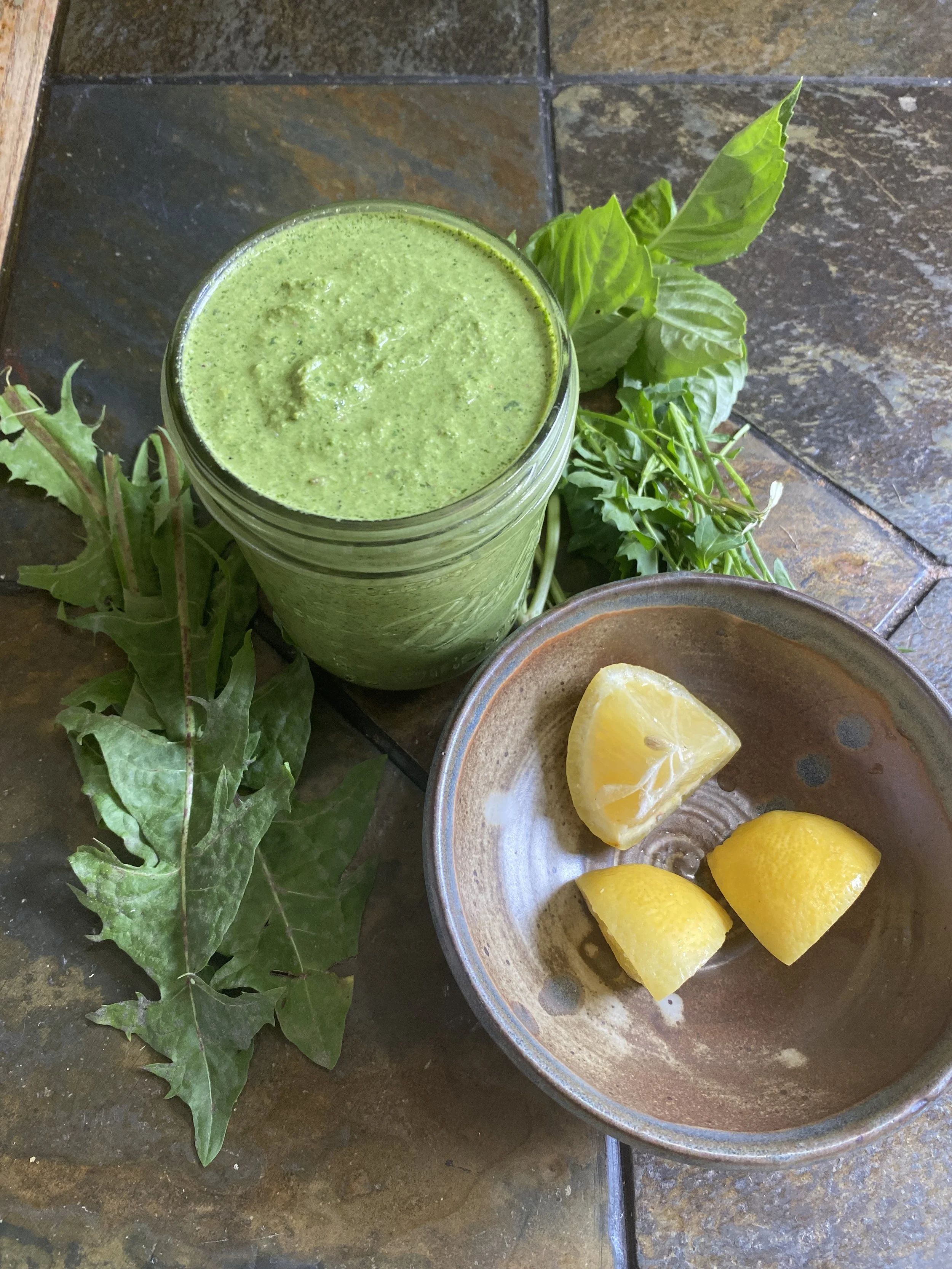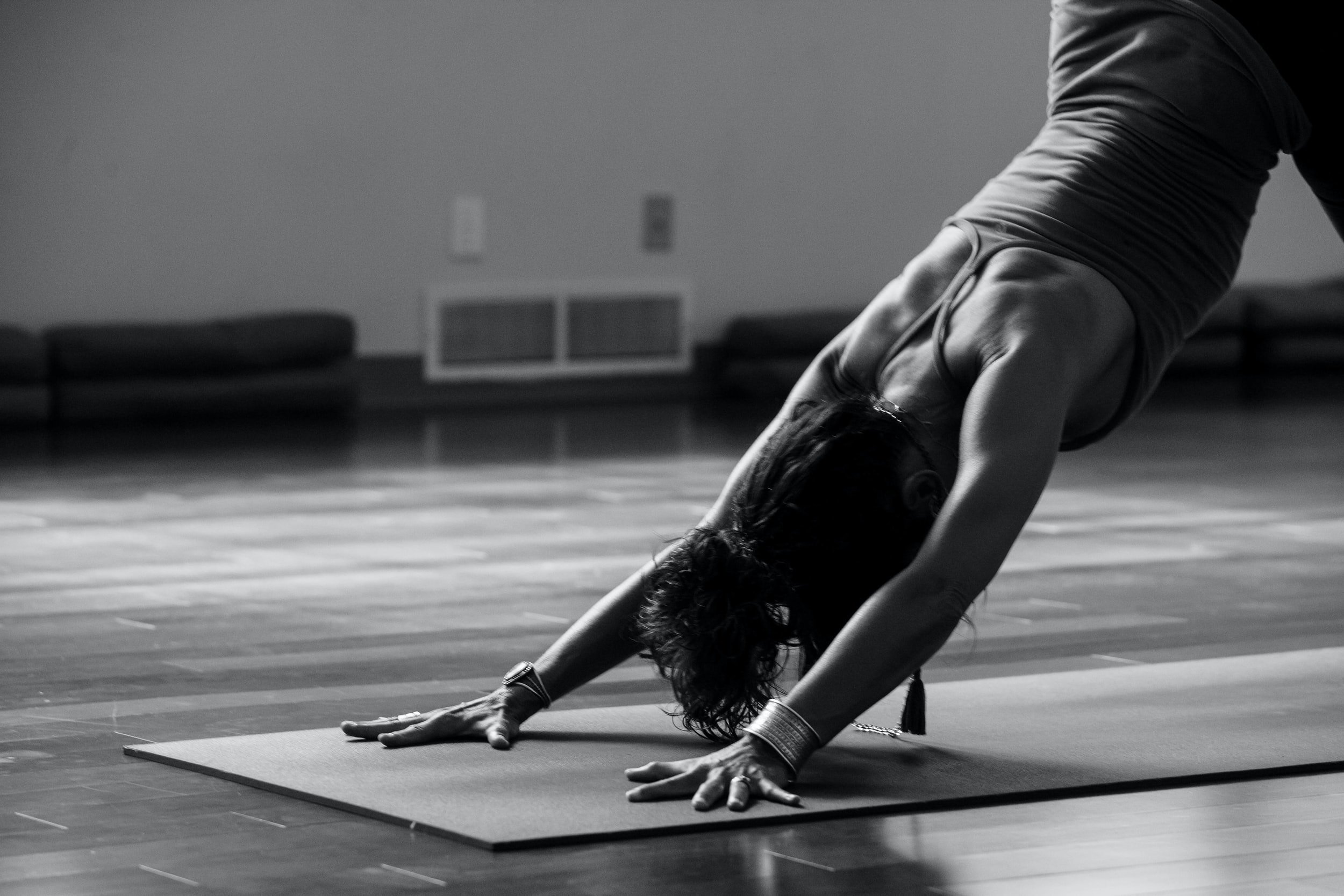I’m pretty excited about a new habit I picked up: oil pulling. Have you heard of it? Oil pulling is an ayurvedic hygenic practice that dates back a few millennia ago at least. I heard about it years ago but never felt compelled to make it a part of my routine. But after reading a great article on the science behind oil pulling by Dr. John Douilliard, I finally felt inspired to add this to my morning ritual. I’d love to share what I learned with you!
Think about the environment of your mouth. It’s constantly warm, dark, and wet; a welcoming place for bacteria to proliferate, both healthy, life-promoting bacteria, and destructive bacteria and fungi.
Ayurveda has a practice named Gandusha, or oil pulling, which for thousands of years has been practiced and recommended for its teeth-whitening and bad breath-banishing benefits.
People nowadays often use mouthwash to deal with bad breath and freshen their mouths. The intense, purifying feeling it leaves in your mouth seems powerful, like it’s doing it’s really doing its job. The problem is, mouthwash usually contains alcohol, which is used to kill bacteria. Your mouth contains good bacteria as well as bad, but modern mouthwash kills everything indiscriminately. Reducing the levels of healthy bacteria can reduce your immunity and your ability to fight off pathogens.
Oil pulling, on the other hand, nourishes the environment of your mouth, while chelating, or pulling, toxins out of mouth tissues due to the lipophilic nature of the oil.
Oleation, the use of oil to nourish and detoxify the body, is used broadly in ayurveda. Other forms of oleation are ingesting oils, both in your food and as a detoxification method, as well as abhyanga, a full body oil massage done before bathing to both nourish the skin and to pull toxins out of the fatty layer of skin.
Benefits of oil pulling:
Removes toxins including bad bacteria that contribute to heart disease, gingivitis, and other ailments
Freshens the breath by reducing bad breath causing bacteria
Nourishes and strengthens gum tissue, which contributes to healthy teeth and positive microbiome in the mouth
Reduces inflammation of gum tissue
Benefits of absorbing any herbs that have been infused into your oil
May help prevent cavities
Whitens teeth by removing plaque and pulling stains off surface of teeth
What kind of oil?
Banyan Botanicals makes a great mix called Daily Swish, which in addition to sesame and coconut oil is also infused with the herbs guduchi, fennel, amalaki, haritaki, and bibhitaki, plus the choice of mint or cinnamon oil. Those herbs have the powers of detoxification as well as a natural breath freshener.
You can also just use plain uncooked sesame oil, plain coconut oil, or a mixture. I like to add a few drops of peppermint oil. Turmeric or turmeric oil would also be a good addition if reducing gum inflammation is one of your aims.
How to Oil Pull:
After brushing teeth, take about 1 tablespoon oil in your mouth.
Swish in mouth for 10 minutes, or longer if you can tolerate it. The longer the better, as the oil takes time to pull out toxins.
Spit in the garbage.
Rinse with water.
Smile!











